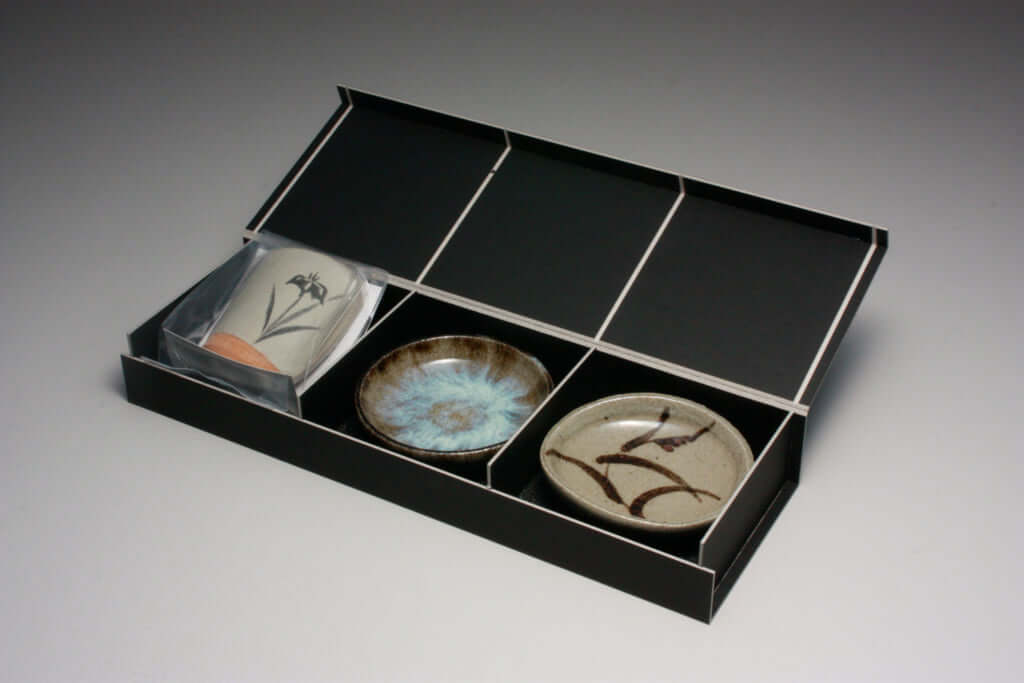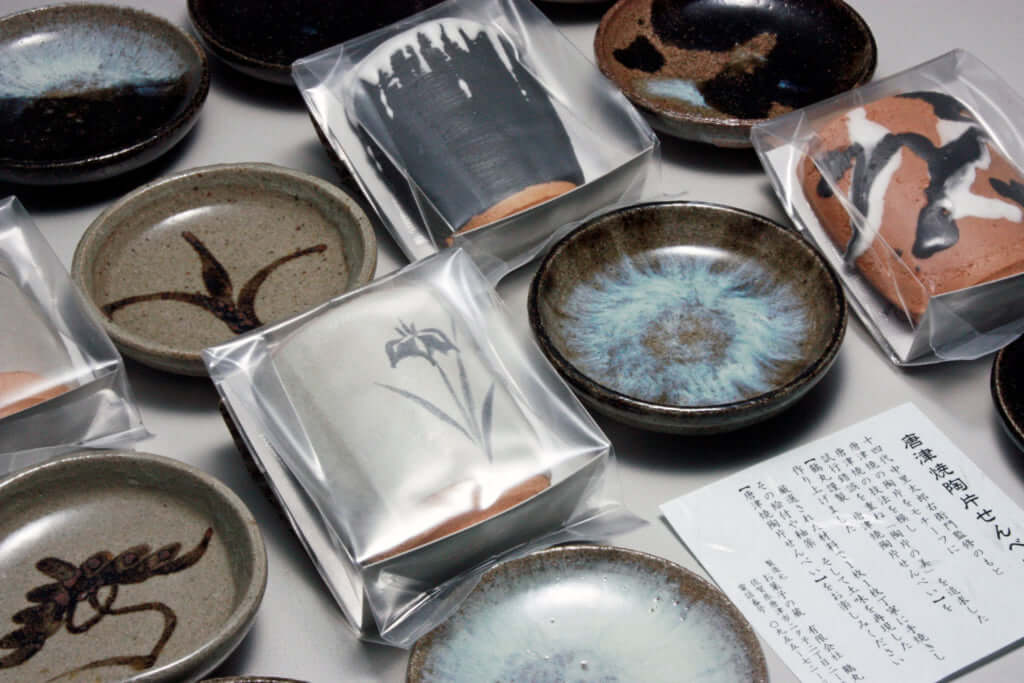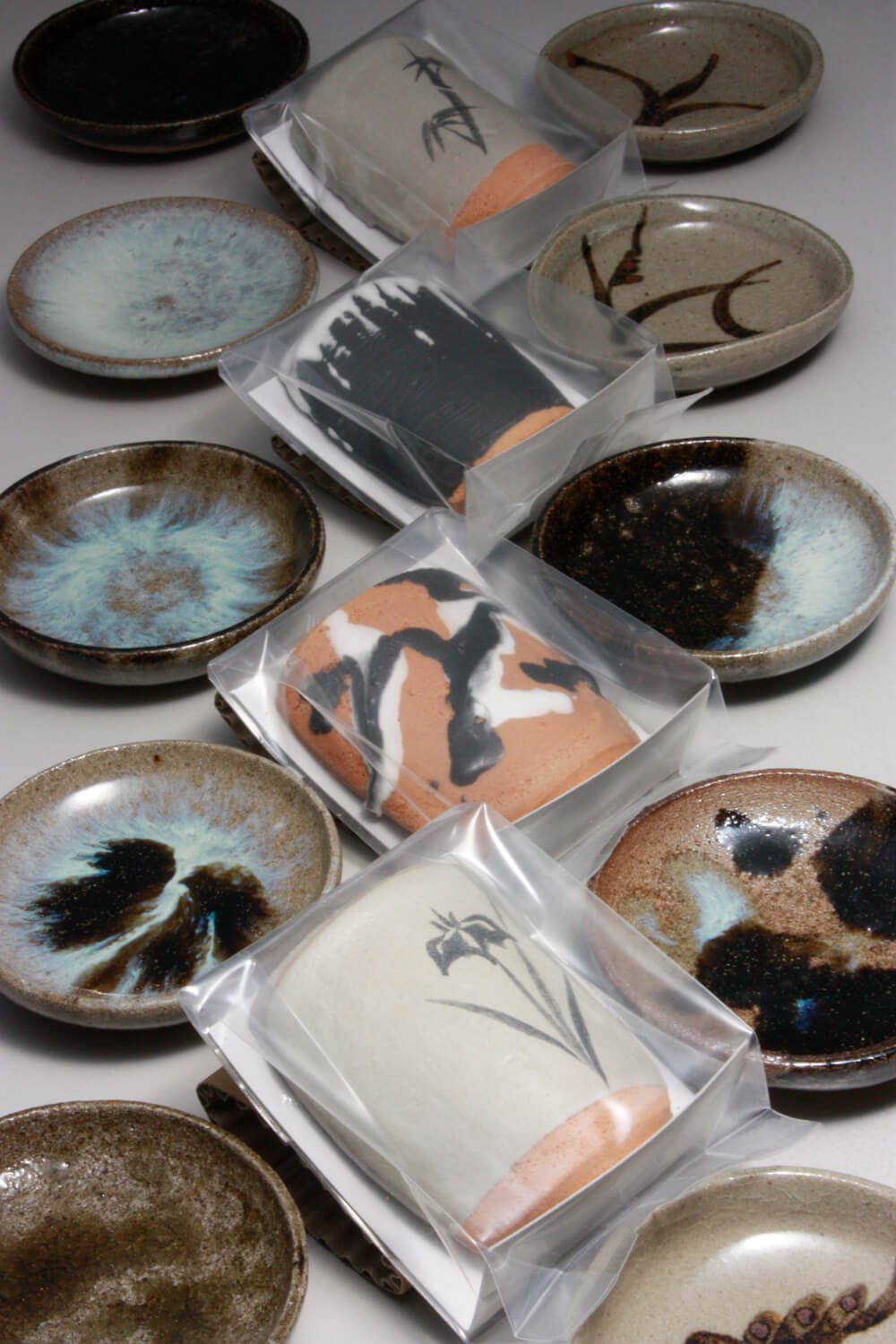This Pottery Studio Makes Edible Homeware
Osamu Tsurumaru makes homeware you can eat, where puffed rice replaces clay, to stand out from other artisans in Karatsu.

© Nakazato Tarouemon Tobo
Pottery from Karatsu is recognisable by its use of sober colours (mainly earthy terracotta and dark navy) and patterns with clean lines depicting birds, plants, and flowers in a very simple way.
Pottery was introduced to this city in Saga Prefecture on Kyushu island, which is home to over 70 pottery studios, between the 16th and 17th centuries via the local port. As well as the fruits of fishing trips, boats would bring back other treasures from their explorations across Asia. This is how the first Korean and Chinese potters settled and ultimately stayed, passing on their knowledge to the locals.
An edible variant
This ‘rustic’ approach allowed the Nakazato Tarouemon Tobo studio, run by Osamu Tsurumaru, to create edible variants of its pieces. Thus, they developed Karatsu cups made from rice crackers (senbei), available to buy from their boutique for 300 yen (€2.60). The products have seen great success among consumers since their conception. Despite being made from puffed rice, you would think they were created using terracotta. Mind your teeth!
More information on Osamu Tsurumaru’s creations can be found on the Nakazato Tarouemon Tobo studio’s website.

© Nakazato Tarouemon Tobo

© Nakazato Tarouemon Tobo
TRENDING
-
A House from the Taisho Era Reveals Its Secrets
While visiting an abandoned building, Hamish Campbell discovered photographs the owner had taken of the place in the 1920s.

-
The Taboo-Breaking Erotica of Toshio Saeki
The master of the 1970s Japanese avant-garde reimagined his most iconic artworks for a limited box set with silkscreen artist Fumie Taniyama.

-
With Meisa Fujishiro, Tokyo's Nudes Stand Tall
In the series 'Sketches of Tokyo', the photographer revisits the genre by bringing it face to face with the capital's architecture.

-
Masahisa Fukase's Family Portraits
In his series ‘Family’, the photographer compiles surprising photos in which he questions death, the inescapable.

-
Hajime Sorayama's Futuristic Eroticism
The illustrator is the pioneer for a form of hyperrealism that combines sensuality and technology and depicts sexualised robots.





